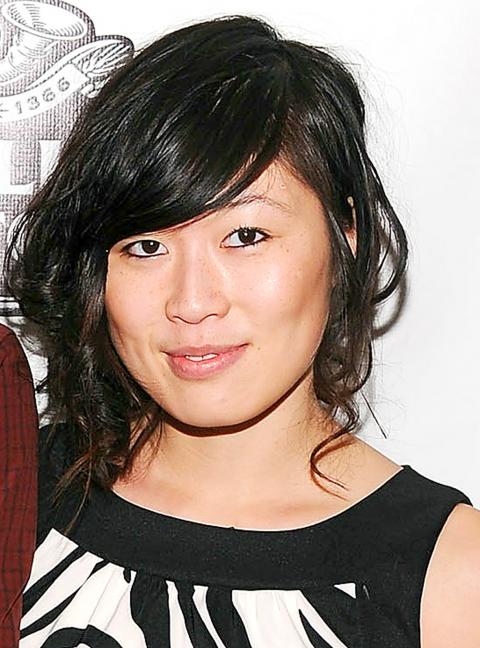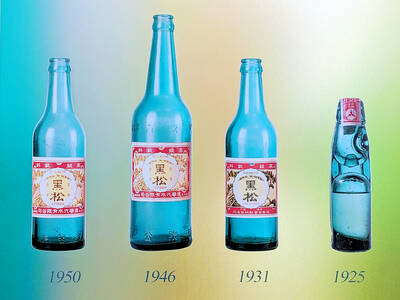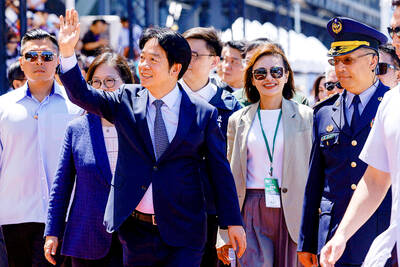Pun Bandhu’s training at the prestigious Yale School of Drama didn’t help much with the skill he needed for so many auditions after graduation — the “Asian accent.”
The Thai-American actor — who has appeared in a wide range of TV shows and films over the last 15 years — said he was once told that an accent he used for a Thai character, modeled after his parents, was not working for an “American ear.” Instead, the director went with a Chinese accent.
While much of the recent debate around Asian representation in Hollywood has centered on whitewashing — when white actors are cast to tell Asian stories — working actors said a lack of opportunity was only one part of the problem.

Photo: Matt Sayles, AP
Asian American actors said they rarely, if ever,got auditions for leading roles, and when they did get parts, they were frequently secondary to the plot or portrayed offensive tropes. Asian men said they were often relegated to roles as tech nerds, assistants, doctors — sometimes highly emasculated, desexualized characters. Asian women, meanwhile, regularly go up for parts as masseuses and sex workers or characters described as submissive, fragile or quiet.
“We’re the information givers. We’re the geeks. We’re the prostitutes,” Bandhu said. “We’re so sick and tired of seeing ourselves in those roles.”
BEYOND WHITEWASHING

Photo: Dimitrios Kambouris, AFP
Asian American actors said there had been an increase in diverse roles in recent years, though, and some were hoping that the recent controversy surrounding Ghost in the Shell — which starred Scarlett Johansson in the remake of an anime classic — would inspire directors and producers to stop whitewashing Asian characters. The film flopped, earning only US$19 million in the US in its opening weekend, a small sum relative to its US$110 million budget. One Paramount executive said the casting backlash was partly to blame.
Emma Stone, Matt Damon and Rooney Mara have all faced whitewashing criticisms for their roles in films that ultimately performed badly at the box office. But improving diversity and representation in film and television goes far beyond avoiding casting blunders in commercial movies.
“We’re so desperate for opportunities,” said Kanoa Goo, a mixed-race actor who is Chinese, Hawaiian and white. “Often it’s pretty one-dimensional. It’s the tech computer analyst who doesn’t have much to say. His role is really just in service of the leads.”

Photo: Paramount Pictures via AP
Goo, who appeared in the 2016 film Other People, said most of his auditions were for parts specified for Asians or non-white actors, and sometimes those roles could feel tokenized — designed to check off the diversity box.
“Within the sort of marginalized group of diverse actors, Asian-American actors are still at the very bottom. They are still the underdog,” he said.
Asian characters made up only 3 to 4 percent of roles in scripted broadcast and cable shows in the 2014-15 season, according to a recent University of California, Los Angeles (UCLA) report . Of the top 100 films of 2015, 49 had no Asian characters, and zero leading roles went to Asians, according to another study.
In addition, “the quality of roles is problematic,” said Darnell Hunt, a UCLA professor who co-authored the diversity report.
Lynne Marie Rosenberg, an actor who runs a Tumblr called Cast and Loose, which publishes offensive character “breakdowns” from auditions, said she frequently saw casting calls that listed nearly all ethnicities — except Asian.
“The number one problem is invisibility,” she said.
COMICAL STEREOTYPES
There is also sometimes a comical overgeneralization of Asians.
Rosenberg provided an example of an Asian character described as an artist who remained “focused while he composes his drawing”. The breakdown added: “Makes you wonder what kind of life he had back in Asia.”
Another film sought an Asian rapper who could “rhyme a few lines with an accent or in any Asian language”. A breakdown for a South Korean character sought a female actor age 18 to 25 to play a 17 year old who is “really only good at being pretty.”
One character in another project was described as “Asian. Petite. Slim. Fragile.” The storyline: “A rich man keeps a woman in the basement.”
Kal Penn, an Indian American actor known for his roles in the Harold & Kumar movies and the TV series House, recently made waves when he tweeted racist script excerpts he had received, such as “Gandhi lookalike,” “snake charmer” and “Pakistani computer geek in a perpetual state of perspiration.”
Atsuko Okatsuka, a Japanese standup comedian and actor, said she had gone up for roles that were clearly terrible matches for her — where it seemed the only reason she was called in was her race. She recalled one “Japanese schoolgirl” character for whom, she said, “I had to squeal a lot and speak in a very high-pitched cadence in Japanese. And giggle.”
Okatsuka said she had also lost lead Asian roles to mixed-race women who looked much more white. The message she received was: “You’re more fitting for this more soft-hearted, kind, kimono-wearing friend of the lead.”
Breakdowns that specify characters as half-Asian for seemingly no plot reason were also hurtful, she said: “They’re trying to say they want somebody better looking than east Asian.”
Camille Chen, a Taiwanese American television actor, said she had been getting auditions for a wide range of parts and that her ethnicity had become an advantage as more industry leaders recognized the importance of diversity.
But despite the significant progress — when she started her career 13 years ago, she felt she had no choice but to go up for the masseuses and prostitutes — Chen acknowledged that she never got to audition for principal characters in films. “I wish they would open their minds to having Asian Americans lead.”
Vinny Chhibber, an Indian American actor, said when he first started acting, he often went up for “terrorist No. 1” or “socially incompetent emasculated Asian stereotype with an accent.”
As a writer and producer, Chhibber said he also often heard prejudices emerge in casting meetings, where someone might say: “Well, if you cast a Chinese girl, it’ll change the story.”
Chhibber said he now turned down auditions for roles that promote stereotypes, in part because he understood how damaging those characters could be: “The work we do has such a profound impact on the way people see the world.”
The lack of three-dimensional Asian characters makes the whitewashing choices all the more painful for actors and audiences, Bandhu said. “When a white actor gets the role, it denies us our bodies and it denies us our voices.”

The unexpected collapse of the recall campaigns is being viewed through many lenses, most of them skewed and self-absorbed. The international media unsurprisingly focuses on what they perceive as the message that Taiwanese voters were sending in the failure of the mass recall, especially to China, the US and to friendly Western nations. This made some sense prior to early last month. One of the main arguments used by recall campaigners for recalling Chinese Nationalist Party (KMT) lawmakers was that they were too pro-China, and by extension not to be trusted with defending the nation. Also by extension, that argument could be

Aug. 4 to Aug. 10 When Coca-Cola finally pushed its way into Taiwan’s market in 1968, it allegedly vowed to wipe out its major domestic rival Hey Song within five years. But Hey Song, which began as a manual operation in a family cow shed in 1925, had proven its resilience, surviving numerous setbacks — including the loss of autonomy and nearly all its assets due to the Japanese colonial government’s wartime economic policy. By the 1960s, Hey Song had risen to the top of Taiwan’s beverage industry. This success was driven not only by president Chang Wen-chi’s

Last week, on the heels of the recall election that turned out so badly for Taiwan, came the news that US President Donald Trump had blocked the transit of President William Lai (賴清德) through the US on his way to Latin America. A few days later the international media reported that in June a scheduled visit by Minister of National Defense Wellington Koo (顧立雄) for high level meetings was canceled by the US after China’s President Xi Jinping (習近平) asked Trump to curb US engagement with Taiwan during a June phone call. The cancellation of Lai’s transit was a gaudy

The centuries-old fiery Chinese spirit baijiu (白酒), long associated with business dinners, is being reshaped to appeal to younger generations as its makers adapt to changing times. Mostly distilled from sorghum, the clear but pungent liquor contains as much as 60 percent alcohol. It’s the usual choice for toasts of gan bei (乾杯), the Chinese expression for bottoms up, and raucous drinking games. “If you like to drink spirits and you’ve never had baijiu, it’s kind of like eating noodles but you’ve never had spaghetti,” said Jim Boyce, a Canadian writer and wine expert who founded World Baijiu Day a decade